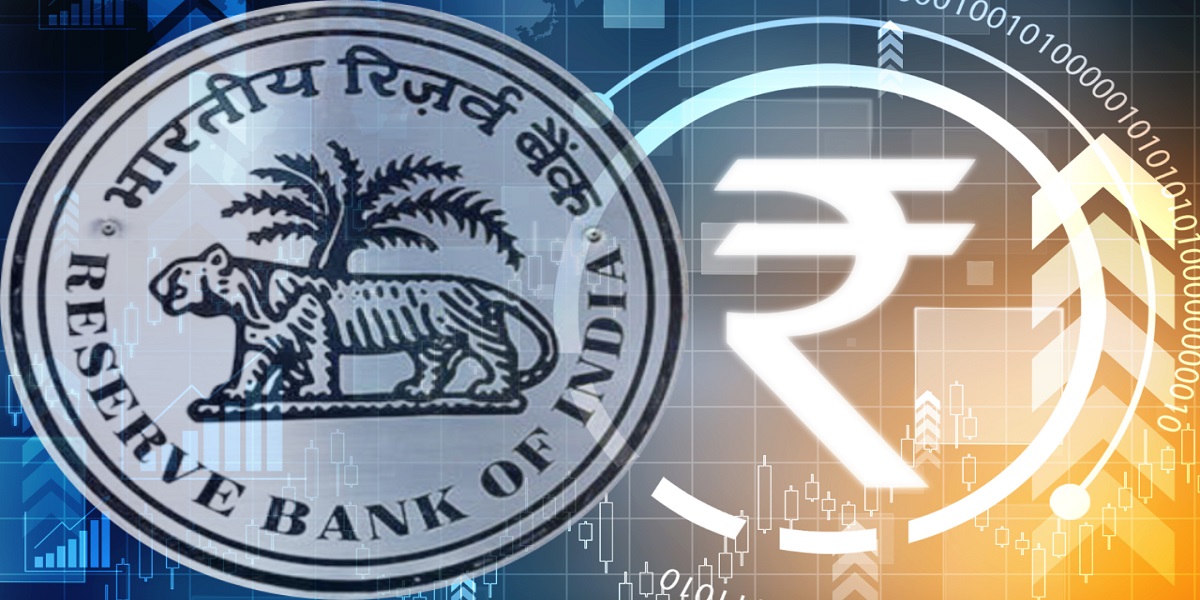By the end of this year, the bank would be capable to come up with a central bank digital currency (CBDC) model, said the deputy governor of the central bank of India, the Reserve Bank of India (RBI).
At the press conference that was held at the post-Monetary Policy Committee (MPC), Deputy Governor T. Rabi Sankar told that by the end of this year the RBI may reveal a model of a central bank digital currency (CBDC).
He described, without providing additional facts:
It is necessary to make business decisions based on rapidly evolving technologies, and therefore it’s difficult to put a date, in the near future we would be able to come up with a model, maybe by the end of this year.
The deputy governor continued: “We are evaluating the issue of scope, technology, distribution and validation mechanism, etc.”
Last month, he publicized that the central bank was working on a “phased implementation strategy” for CBDC of India and also “examining use cases which could be implemented with little or no disruption to India’s banking or monetary systems.”
Over 90% of global GDP is represented by 81 countries that are considering introducing their own central bank digital currencies.
Bank of International Settlements (BIS), the World Bank, and the International Monetary Fund (IMF) said CBDCs “have the potential to enhance the efficiency of cross-border payments, as long as countries work together.”
[embedpost slug=”bangladesh-bank-advises-against-using-cryptocurrencies”]



